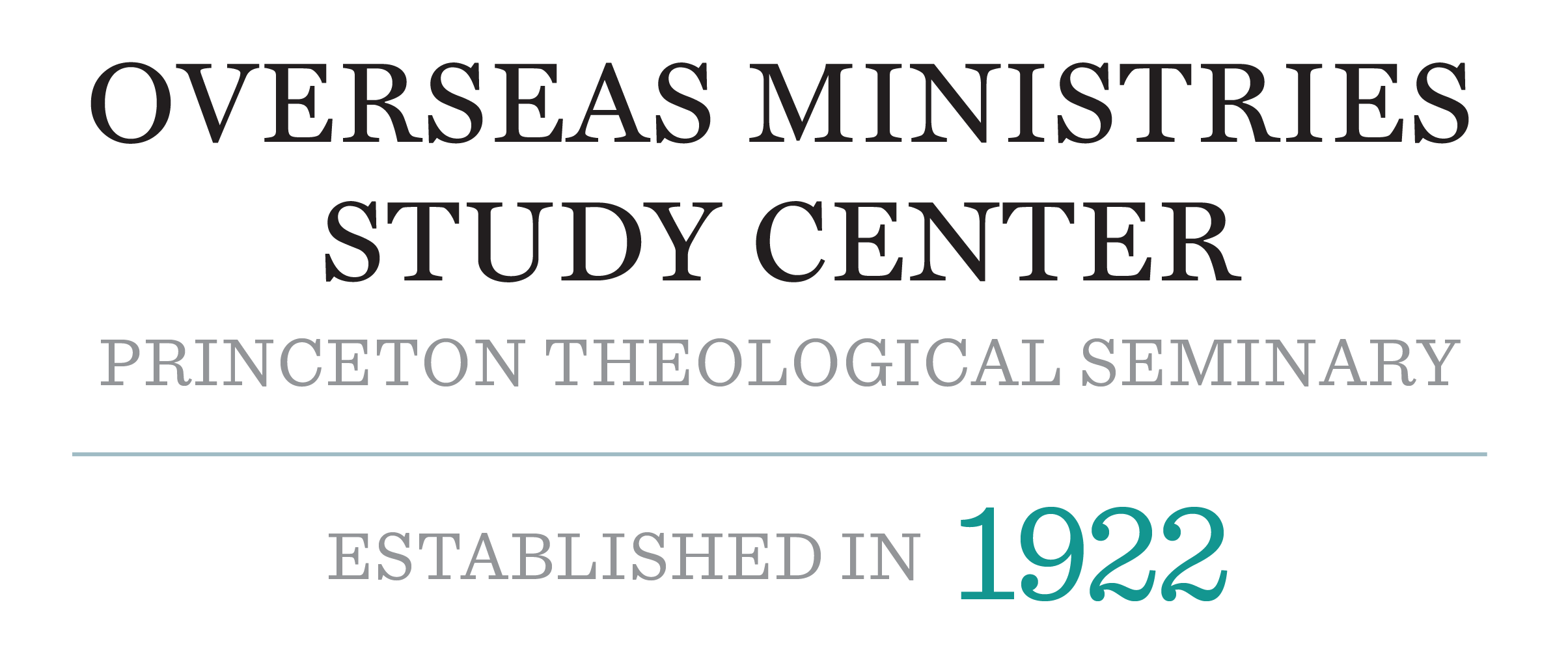 by Gina Zurlo, Ph.D. – Co-Director – Center for the Study of Global Christianity and Yang Visiting Scholar of World Christianity, Harvard Divinity School.
by Gina Zurlo, Ph.D. – Co-Director – Center for the Study of Global Christianity and Yang Visiting Scholar of World Christianity, Harvard Divinity School.
This post is part of The Occasional’s “Numbers and Trends” series, dedicated to sharing work, analysis, and perspectives from our friends and partners at the Center for the Study of Global Christianity based at Gordon-Conwell Theological Seminary.
At the Edinburgh 1910 World Missionary Conference, roughly 200 of the 1,200 official delegates were women (17%). They had to sit in the galley of the auditorium, not on the main floor with the men. These women were representatives of British and American women’s mission agencies and were influential, innovative, organized, and effective fundraisers and mobilizers. Two-thirds of American and British missionaries were women at the turn of the 20th century. Yet, they were drastically underrepresented at the meeting of the “greatest missiological minds” of the time.
As I’ve written before, it’s impossible to quantify missions as researchers did at the turn of the 20th century. We now have less data to estimate the number of missionaries and the share of them who are women. But what about CEOs of mission organizations? Many mission leaders recognize that while women make up the majority of workers on the ground (despite the lack of data), there is a noticeable lack of women in leadership.

Earlier this year, Missio Nexus released their 2023 Mission CEOs Report, edited by Michael VanHuis. The survey asked 61 mission leaders from North America a series of questions on the role of the CEO and its board, staff effectiveness, navigating change, collaboration, challenges, and funding, among other topics. The report does not include the questionnaire, so we don’t know how many questions were asked or the content of each question. It also does not provide descriptive statistics of respondents, so we don’t know basic demographics like age, race/ethnicity, or education levels. We do know that respondents were 87% men (54 respondents) and 13% women (8 respondents). I’d like to share and reflect on some findings related to women in leadership.
- Half of the organizations surveyed reported having more women in leadership now than three years ago (pre-COVID-19), whereas 45% had the same number and 2% had fewer. The report does not state how many women are in leadership among these 61 organizations (except for the 8 women CEOs taking the survey). There is a reference to a prior Missio Nexus study (not cited) of 169 mission agencies where 27% reported having women in “Second-in-Command” positions like Chief Operating Officers, Chief Financial Officers, and Vice Presidents (p.81). It does not state what share of CEOs of those 169 organizations were women.
- Just under a quarter (23%) of respondents stated that providing pathways for women in leadership was a high organizational priority that would contribute to staff effectiveness in the next 1–3 years; this figure was down from 32% in a prior survey (2019). Thirty-six percent of respondents stated that having women in leadership would help organizational development over the next three years, 29% said prioritizing women in leadership would have a low impact.
- Overall, women in leadership were ranked the least useful marker (15%) of organizational progress and the marker least measured and acted upon (30%).
- Just under half (49%) of leaders stated that their organization is prepared for potential change in the area of women in leadership; only 12% felt “fully ready” for such a change.
The 124-page report had four pages dedicated to women in leadership (p.78–81), with an introduction by Wendy Wilson, Executive Director of the Women’s Development Track of Missio Nexus. Her commentary reflects on the creation of humans in Genesis 1 and 2. She offers two interpretations of this account. One, woman was created after man, which indicates God’s design for her to support and follow him as a “helper.” Or, two, woman was created after man, which suggests she is the “crown” of God’s creation and thus a strong ally fit to lead. She states that both interpretations are misguided because “Maybe it’s not about who should be in charge but rather how oneness reflects God? Especially since authority between the humans is never actually mentioned, maybe the main point of the design of the humans is oneness” (p.78, 80). She suggests that God’s design for leadership is a partnership between men and women in unity.
This is an exciting reflection because the report’s findings say nothing about men and women working together in leadership. The report suggests that these organizations do not prioritize advancing women in leadership. Vague commentary about attitudes toward women leaders reinforces the survey’s findings of a lack of support for women and a lack of willingness to change. The report paints a bleak picture and offers few resources for attitudinal adjustment. None of the additional resources linked in the report are authored or produced by women. Page 19 provides a list of books that respondents recommended for leadership development. Of the 56 authors on the list, just five are women (9%): Evelyn Hibbert, Ruth Haley Barton, Cathy Ross, Kate Coleman, and Jean Johnson.
Where are the women in mission leadership? They are few and far between, and their advancement is simply a low priority. Do the trends change in mission organizations outside of North America? Unfortunately, we don’t know because no one has carried out a global survey of mission organizational leadership. To be sure, when someone does, I’ll be there to ask the question: Where are the women?




